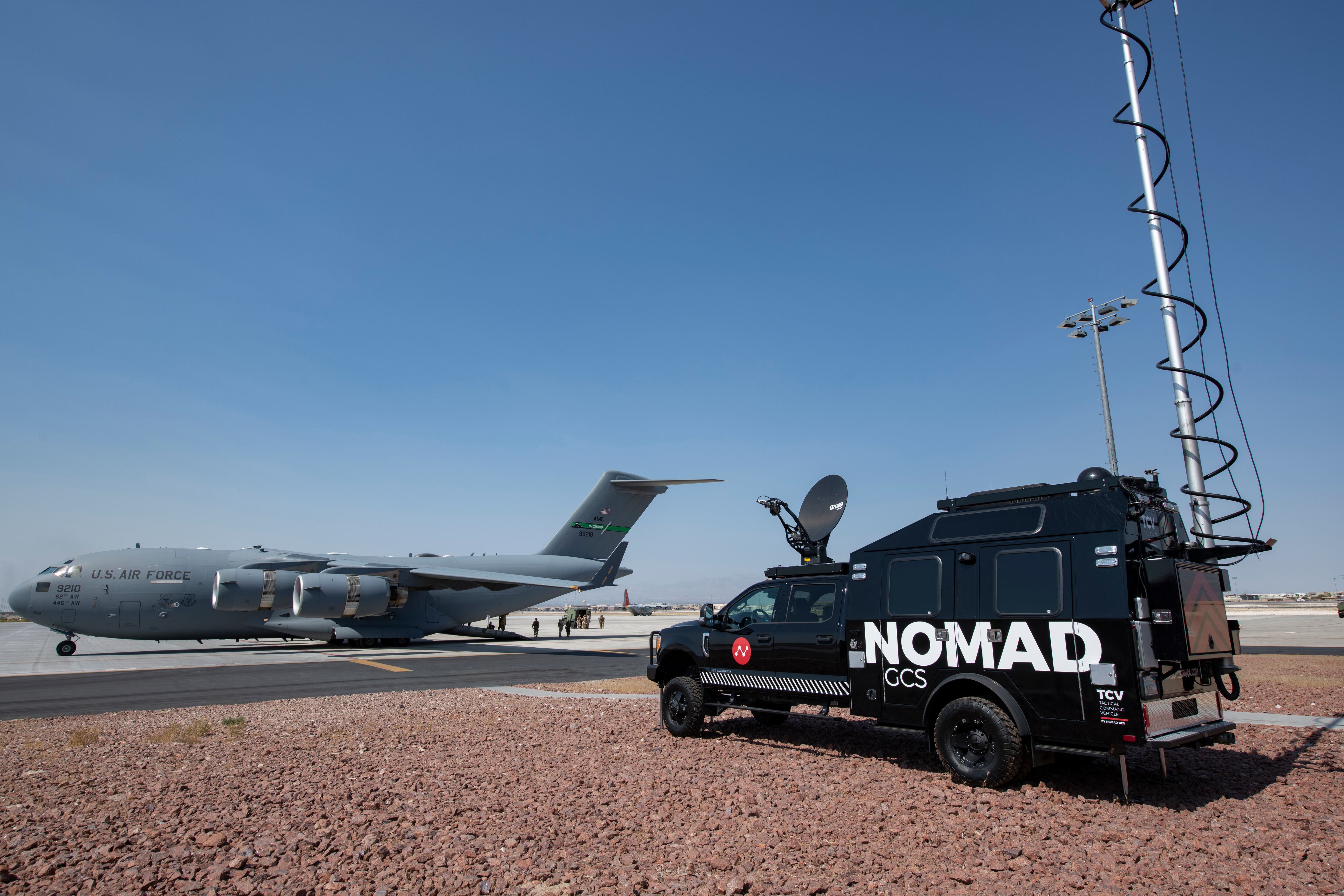WASHINGTON — A fiscal year 2022 funding package making its way through Congress includes millions of dollars more than requested for the Advanced Battle Management System, the U.S. Air Force’s contribution to the Pentagon’s communications-and-networks overhaul.
Nearly $269 million is allotted for the ABMS, documents show, some $65 million more than the Air Force initially sought. The bundle includes $728.5 billion in military spending for the year.
The prospective boost for the Advanced Battle Management System suggests growing support for the effort, which lawmakers and watchdogs have scrutinized.
“One of the things that I think this shows is that it’s getting more real, it’s getting more defined and we’re getting more confidence in Congress in the idea of Joint All-Domain Command and Control as well as the specifics of Joint All-Domain Command and Control,” Air Force Lt. Gen. S. Clinton Hinote said March 9 at the Defense Programs Conference. “And that’s a good thing for tomorrow’s war fighter.”
The Defense Department initially asked for $204 million for ABMS in fiscal year 2022 — an increase compared to Congress’ allocation the year prior, but still a significant slash to the service’s original vision.
Air Force Secretary Frank Kendall has said he wants to see the Advanced Battle Management System mature alongside the Defense Department’s grander communications concept known as Joint All-Domain Command and Control, despite prior reservations. The ABMS buildout is one of the secretary’s imperatives, the Air Force said March 3.
“If you look at your operation centers and other command and control nodes — AWACS and JSTARS, for example, battle management nodes which are aging out or increasingly vulnerable to attack — we’ve got to figure out what the architecture looks like,” Kendall said March 9. “And we got to get on replacing. Some of our communications links need to be replaced, as well.”
The Air Force has conducted several demonstrations of new command and control capabilities over recent years. One exercise with the Advanced Battle Management System, in December 2019, showcased data transmission from Army radars, Navy destroyers and fighter aircraft.
The compromise $1.5 trillion spending package is expected to be signed into law shortly. It passed the House and has support in the Senate.
“It is unquestionably in the interest of the American people that the House and the Senate act quickly to pass this bill and send it to the president,” Senate Appropriations Committee Chairman Patrick Leahy, D-Vermont, said March 9.
Colin Demarest was a reporter at C4ISRNET, where he covered military networks, cyber and IT. Colin had previously covered the Department of Energy and its National Nuclear Security Administration — namely Cold War cleanup and nuclear weapons development — for a daily newspaper in South Carolina. Colin is also an award-winning photographer.








